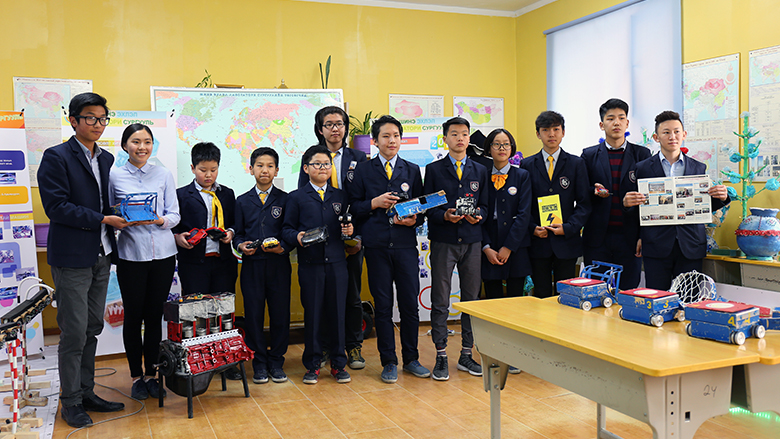Nearly 30% of Mongolia’s population are under the age of 14, and 12% are under the age of five. With so many young children, the country has successfully increased access to basic education, but Mongolia is now placing a sharper focus on improving the quality of primary and secondary education. In light of the rapid changes and emerging issues the country is facing – managing its mineral wealth, handling urban migration and wrestling with economic imbalances – focusing on the development of future generations has gained even greater importance.
Since its transition to a market economy in the 1990s, the country has made strides on getting more children to school: current national net enrollment rates of 90% and 82% for primary and secondary education are comparable to other middle income economies. In 2008, the entrance age into primary school was lowered from eight to six years of age, and the basic education cycle was extended from ten to twelve years. The first cohort of students to have completed the full twelve-year cycle will graduate in 2020.
But the quality of teaching in primary and secondary schools in Mongolia is an area of prime concern for the government. Preliminary findings from a World Bank report found that the teachers’ training system is not very dynamic and is currently falling short. The instructional time in schools is also relatively low.

